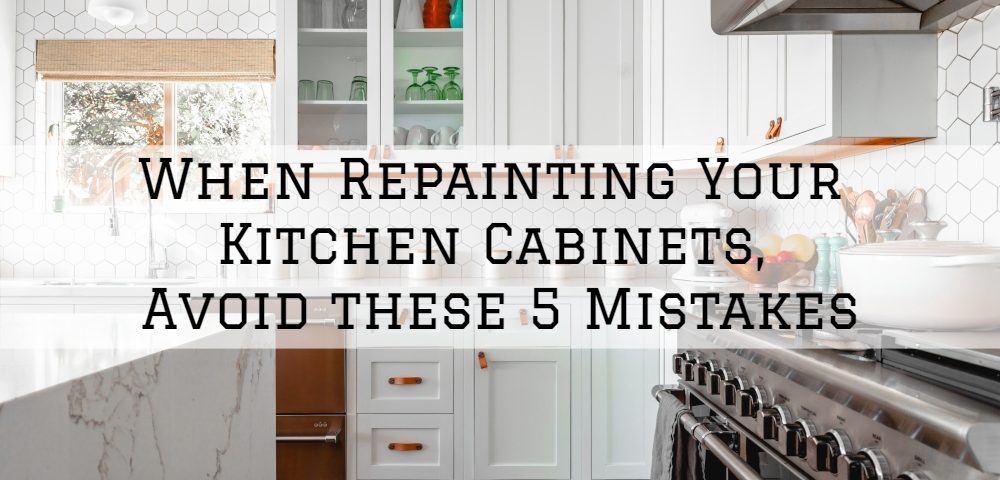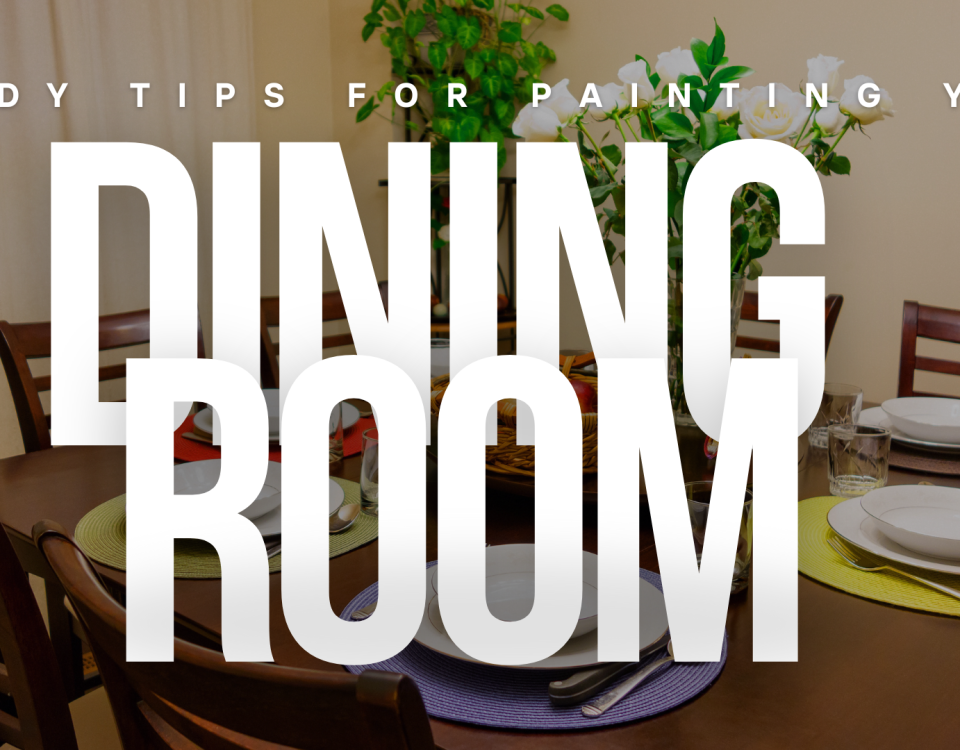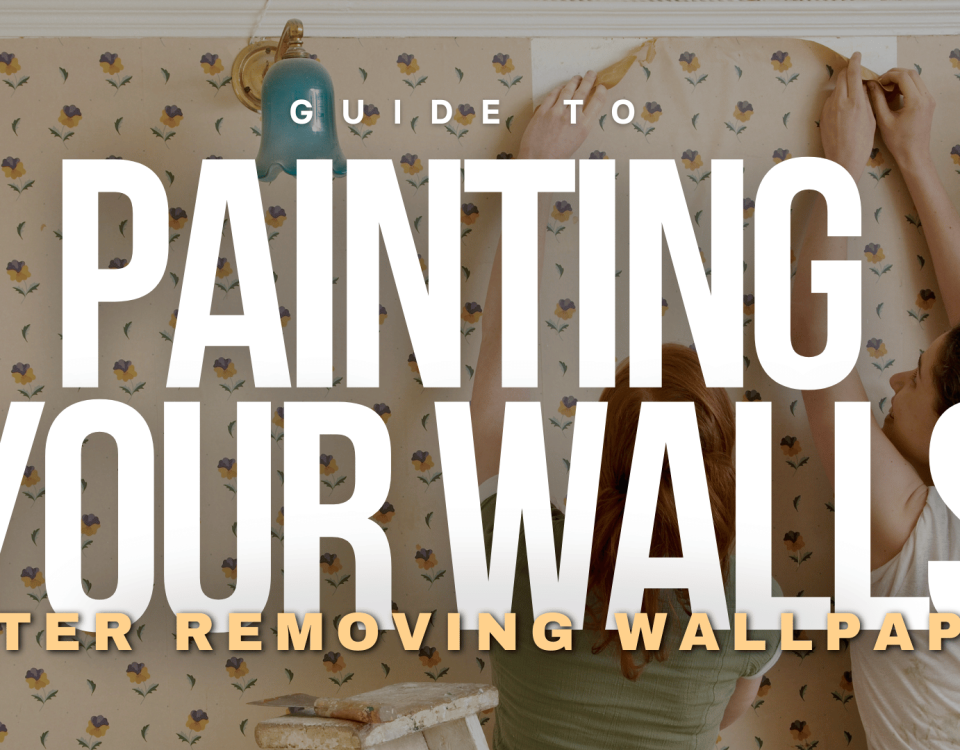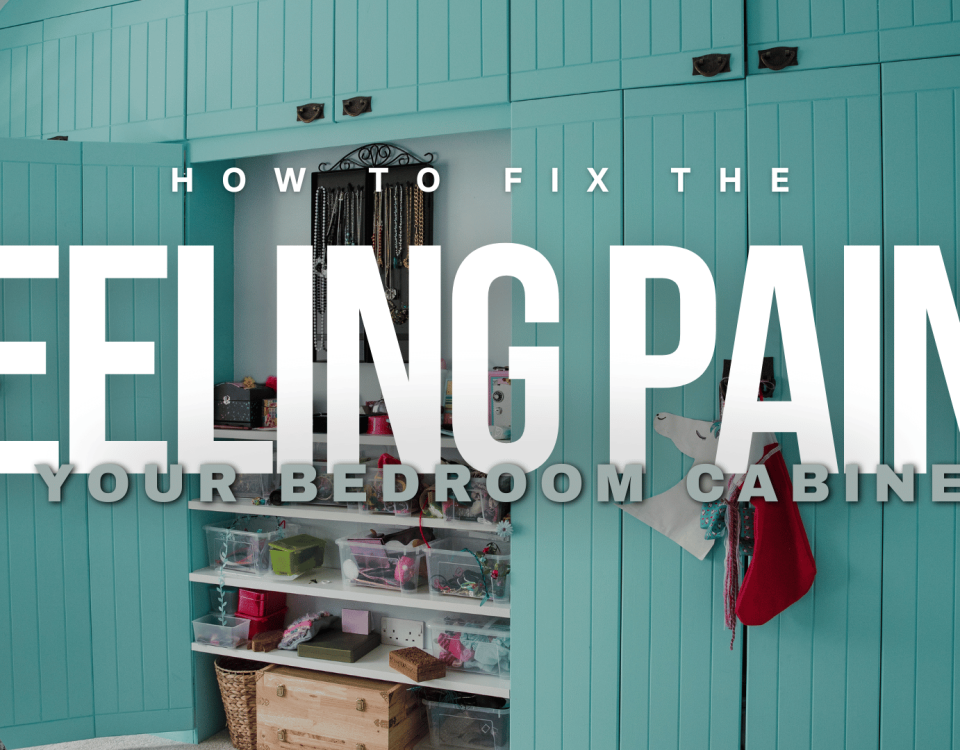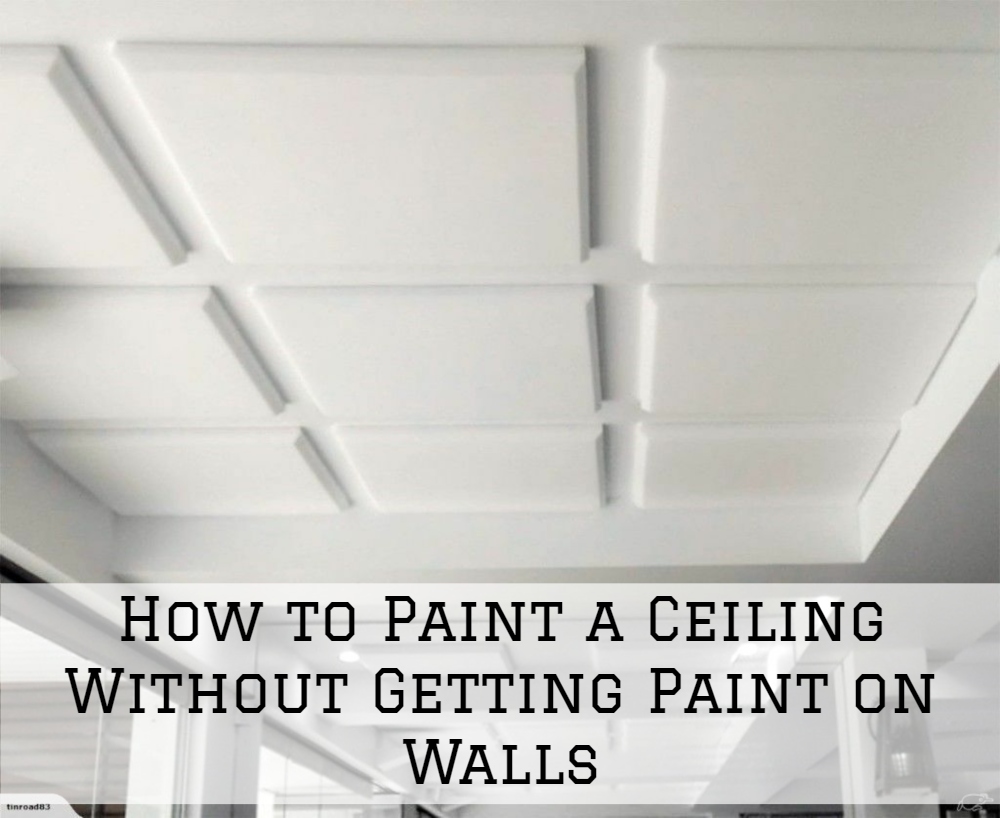
How to Paint a Ceiling Without Getting Paint on Walls
April 24, 2019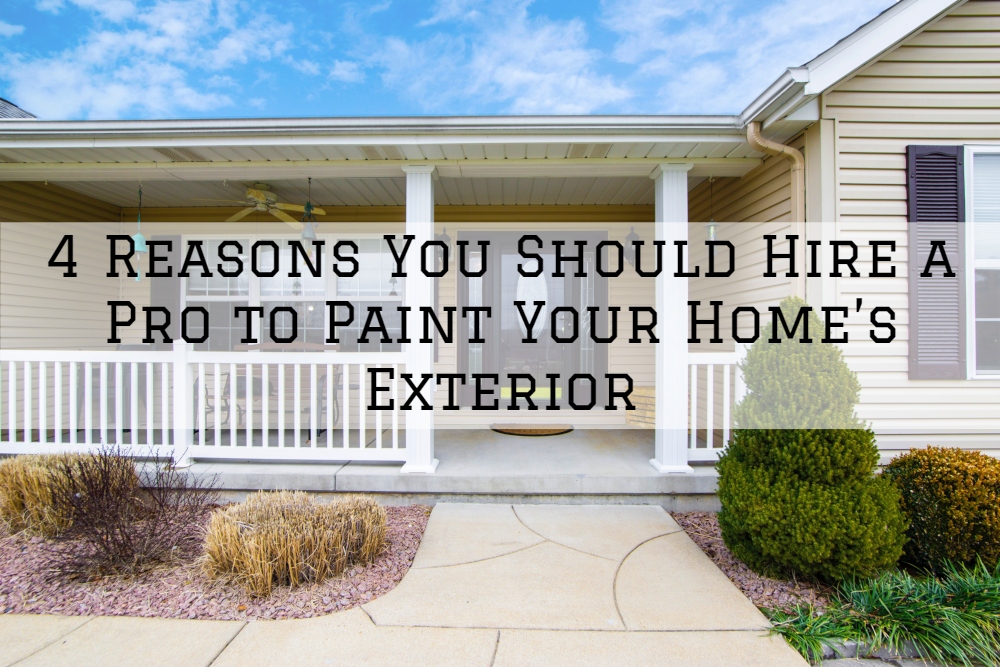
4 Reasons You Should Hire a Pro to Paint Your Home’s Exterior
May 27, 2019If you’re planning for a kitchen cabinet repaint project in Louisville, Shelby County, Oldham County, or Jefferson Town, Kentucky, you sure want it to be outstanding and offer maximum value for money. The process might seem simple, but there is quite a lot that goes into cabinet painting, and the project has plenty of room for mistakes too.
Repainting your kitchen cabinets involves a series of steps, and rushing one process might only be setting a stage for failure in the next step. So in this article, we wanted to share some of the most common mistakes we’ve learned in the decades of our kitchen cabinet painting services, and how you can avoid them. Here we go:
Not Thoroughly Cleaning Your Cabinets.
Any painting project that doesn’t start with cleaning the surface is almost always destined to fail. Your kitchen cabinets are covered with grease, fingerprints, smoke and more. Covering all this up with paint is a wrong move. Paint won’t stick to greasy cabinets, and if your cabinets are stained, the blemishes might show through your new coat of paint. Start by cleaning your cabinet doors, faces and frames using a scrubby sponge and mineral spirits.
Not Taking Down Doors and Drawers
Some DIY painters try to paint the cabinet doors and drawers while they’re still in place, but you will have a hard time reaching some places and applying paint in tight spots. Additionally, painting over everything including hinges and knobs will cause the paint to start showing signs of wear and tear within just a month –starting from the hinges. So the first step should be to take all the doors off, pull the drawers out and remove the hardware knobs and hinges. Give the hardware a good cleaning too, or replace them if they’re worn out.
Not Sanding Completely
In a hurry to splash on the new paint color, some DIY painters tend to rush through the sanding process and just give the cabinets a partial sanding. Worse still, some even skip the sanding process entirely –this is a fatal mistake, especially if you’re working with previously painted or stained old cabinets. Sanding removes the old loose paint and surface imperfections to create an even and roughened surface, perfect for paint adherence. Give your cabinets a light sanding using an orbital sander on the flat surfaces and sandpaper on grooved surfaces and thin edges.
Skipping the Primer
When you’re trying to save time, and hoping to save some money, you might be tempted to skip the priming step, especially if your kitchen cabinets are still relatively new, or if you’re not changing the color too drastically. However, paint doesn’t stick well in bare wood, and the primer makes the surface even and suitable for the paint to stick on.
Painting on Wet Surfaces
You might easily miss this if you’re new to kitchen cabinet painting, or painting in general. The rule of thumb is –never paint on a wet surface. Painting on wet surfaces may trap moisture under the paint coat and lead to paint bubbling or peeling as the moisture tries to escape. So after washing your kitchen cabinets, allow enough time for them to completely dry before applying the primer. Additionally, wait for the primer and each subsequent coat of paint to dry before applying the next one.
Bottom Line
We hope the above tips help a little in your next cabinet repainting project so that you don’t have to spend heavily fixing mistakes that you could have easily avoided. Alternatively, you should consider hiring a professional painting contractor like Serious Business Painting if you want to completely avoid such mistakes and get flawless and durable results.


